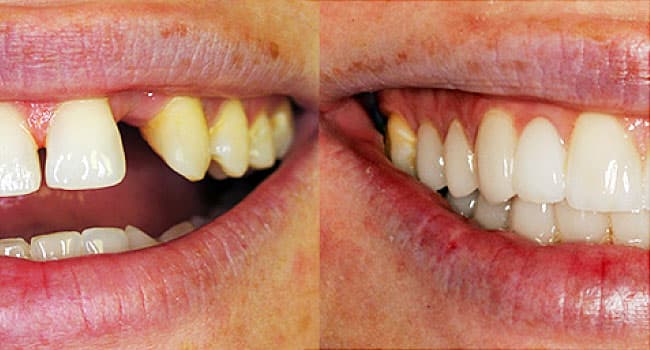
You should know the options available to you if you have a brain aneurysm. This article will help you understand the risks and the benefits of treatment. It also provides information about the OHSU Brain Institute, which specializes in treating brain aneurysms. This article also discusses the efficacy of different aneurysm treatment options.
Efficacy of aneurysm treatment
The effectiveness of aneurysm treatments can be evaluated based on several different outcomes, including complete or near-complete occlusion. An independent observer is responsible for determining the primary efficacy outcome. Efficacy is also assessed by the number of recurrences that occurred during the follow-up period.
One study evaluated the rate of occlusion in complex wide-neck bifurcation andeurysms. It showed that the majority of aneurysms were occlusive at six months after surgery. A stable or improved angiographic appearance was also found. However, it also showed that a small minority of aneurysms recurred during long-term follow-up.

Risque for rupture
There are different types of aneurysms, so the risk of rupture varies. Aneurysms located in the basilar artery, vertebrobasilar intersection, and vertebral artery pose higher risks than those found in the anterior circulation. Patients with aneurysms larger than 10mm in diameter are at greater risk.
Additional risk factors include alcohol abuse and smoking. Aneurysm rupture can be caused by the damage that cigarette smoking does to the arteries. Also, rupture may be caused by high bloodpressure. Aneurysms that are larger tend to burst without symptoms. Patients with posterior communicating artery aneurysms are also more likely to rupture than those in any other part of the body.
Aneurysm treatment techniques
Procedures to treat aneurysms can be categorized into two main types: open surgery and endovascular coiling. Endovascular coiling is less invasive than open surgery. Both require the passage of a catheter through the blood vessels.
This involves inserting an extremely thin catheter into the neck area of the aneurysm, and then advancing a coil that looks similar to a spring. The coil will seal the aneurysm's opening once it is in place. In some cases, multiple coils may be required.

OHSU Brain Institute's expertise in treating brain aneurysms
The OHSU Brain Institute specializes in the diagnosis and treatment brain aneurysms. These balloon-like masses form in the arteries in the brain. They can cause subarachnoid hemorhage, which is a potentially life-threatening blood clot. Fortunately, the OHSU Brain Institute is home to some of the nation's leading experts in brain aneurysms.
Aneurysms occur when the artery walls are weak and they can burst at any time. They can vary in size, from a few millimeters up to a quarter. They can form anywhere in the brain. However, most occur near the arteries that connect the brain to the base of skull. A saccular type, also known as an aneurysm (or saccular), is an aneurysm attached to an arterial by a stem. This can have either a narrow neck or one with a wide neck.